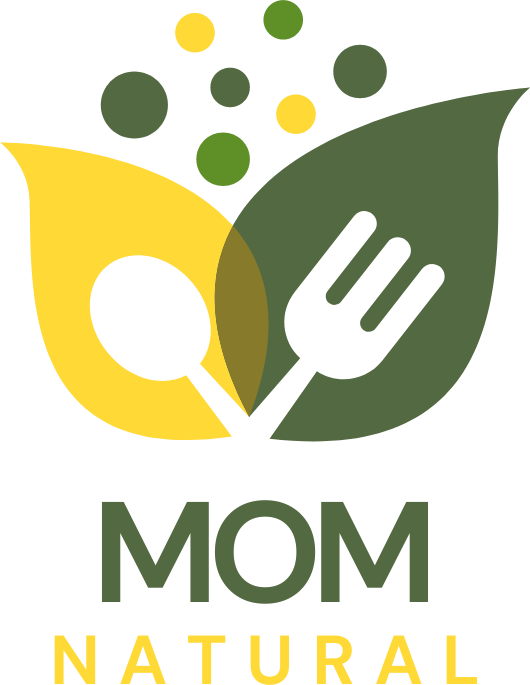In our family’s journey, we discovered that shared breastfeeding helped in managing responsibilities and ensuring a healthy, nurturing environment for our little one. With my partner’s support, we were able to balance feedings efficiently and foster a stronger bond with our baby.
Before going into detail about our experience, let me quickly explain what shared breastfeeding means. It typically involves the mother and another lactating woman (or several women) nursing a baby. Biologically, this is feasible as breastfeeding is not an exclusive attribute to the biological mother only. However, sharing breastfeeding responsibilities requires careful thought and preparation. Key considerations include ensuring the other woman’s milk is safe for the baby and adequately coordinating feeding times.
While shared breastfeeding traditionally involves another lactating woman, it is not the only way. Your partner can also take on an active role in this process, even if they are not physically capable of breastfeeding. Here’s how we did it:
- Expressing Milk: To ensure my partner could feed our baby when I was not available, I began regularly expressing milk using a breast pump. This allowed for a ready supply of milk and gave me the flexibility to manage other responsibilities while keeping our baby’s feeding schedule on track. For those interested in purchasing a breast pump, the FDA provides excellent guidance.
- Milk Donation: While we personally did not choose this option, it is a possibility for those looking to engage in shared breastfeeding. Several organizations facilitate safe milk donation. Sites like La Leche League International and La Leche League GB are excellent resources for those interested.
Key to our successful shared breastfeeding experience was the unconditional support from my partner. Navigating this new territory was challenging at times, but having a pillar of support made the journey a lot smoother. Here’s how my partner helped:
- Partaking in Feedings: By using the milk I expressed through a bottle, my partner could partake in feeding our baby. This not only allowed us to balance the feedings but also gave my partner a wonderful opportunity to bond with our baby.
- Offering Emotional Support: Expressing milk can sometimes become an emotionally taxing process, especially postpartum. I was not immune to this. However, my partner, already experienced with managing postpartum depression, offered immense emotional support.
- Co-Sleeping: We also found that co-sleeping greatly aided in managing night feedings and gave both of us quality time with our baby.
Interactive Games and Activities for Bonding
In addition to managing responsibilities and balancing feedings, shared breastfeeding presented us with numerous opportunities to bond with our baby. We discovered numerous interactive games and activities that encouraged language development and sparked joy.
Our shared breastfeeding journey was a rewarding experience, strengthened by partner support and a commitment to the well-being of our baby. It not only helped us manage feeding responsibilities but also fostered a sense of unity and love within our family.
Shared breastfeeding can be an empowering solution to managing responsibilities and balancing feedings. With the right preparation and partner support, it can become an integral part of your parenting journey, fostering a nurturing environment for your baby.
As we gradually evolved into this style of feeding, we were pleasantly surprised at the wealth of information available online. Social media networkslike those by the WIC Breastfeeding Support have been instrumental to countless women who have found common ground and shared experiences, mirroring their own. These platforms have introduced mothers like me, and partners like mine, to the whole concept of shared breastfeeding, effectively bridging gaps in our knowledge.
Essential Advice from Professional Nurses
Meanwhile, the role played by professional nurses can not be overlooked. Their compassionate advice, coupled with knowledgeable guidance, helped us tread confidently on this occasionally challenging path. Their understanding of breastfeeding and its intricacies came as a blessing, especially while handling fluctuating milk supply, and facilitating an optimal latch for the baby.
Breaking the Stigma: Milk Sharing during Formula Shortages
We recognize the privilege we had in this journey, but it’s crucial to acknowledge those who may not be as lucky. A lack of available donor milk, supplemented by an international formula shortage, plunged many families into fear and uncertaintyas reported by The New York Times. In such cases, shared breastfeeding can be a literal lifesaver, breaking stigmas and creating mutual support. Communities around the world are actively engaging in formal and informal breast milk shares, creating robust support networks.
Nutritional Benefits of Breast Milk
Shared breastfeeding may also offer the baby rich, diversified nutrition. According to a publication from the University of Rochester Medical Center, breast milk is a dynamic fluid, filled with nutrients modified by the mother’s diet and overall health. When a child gets milk from more than one source, they could enjoy a wider variety of nutrients crucial for their growth and development.
Partner Support: Not Just a Spectator
Engaging my partner further in shared breastfeeding, in roles other than feeding, greatly enhanced our experience. For example, my partner kept an eye out for feeding cues when I was busy or simply exhausted, aided in the tedious task of sterilizing pumping equipment, and provided loving massages that helped stimulate milk production. This holistic involvement creates an atmosphere of mutual respect, deepening the bond between partners.
A Journey Worth Sharing: My Advice to Other Parents
Taking a leap into shared breastfeeding, although daunting at first, soon became an enriching experience. It fostered a deep understanding between my partner and me, teaching us patience and shared responsibility. We learned that each feeding session was not merely a task but a moment worth embracing, an opportunity to connect, to express our love, and to watch our baby grow.
The shared breastfeeding journey harmoniously combines the task of nurturing a child and managing vital responsibilities. It not only breaks conventional parenting norms but also strengthens the bond within a family. By sharing real-life experiences, it provides invaluable insights and encouragement, making shared breastfeeding a viable and attractive option for many budding families.

